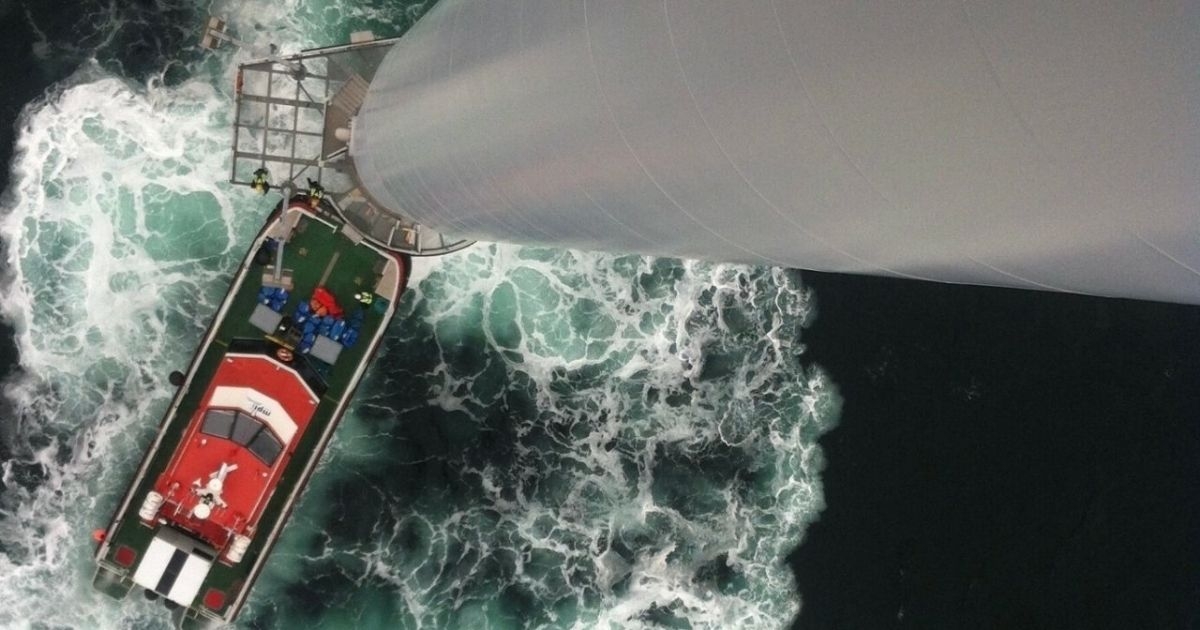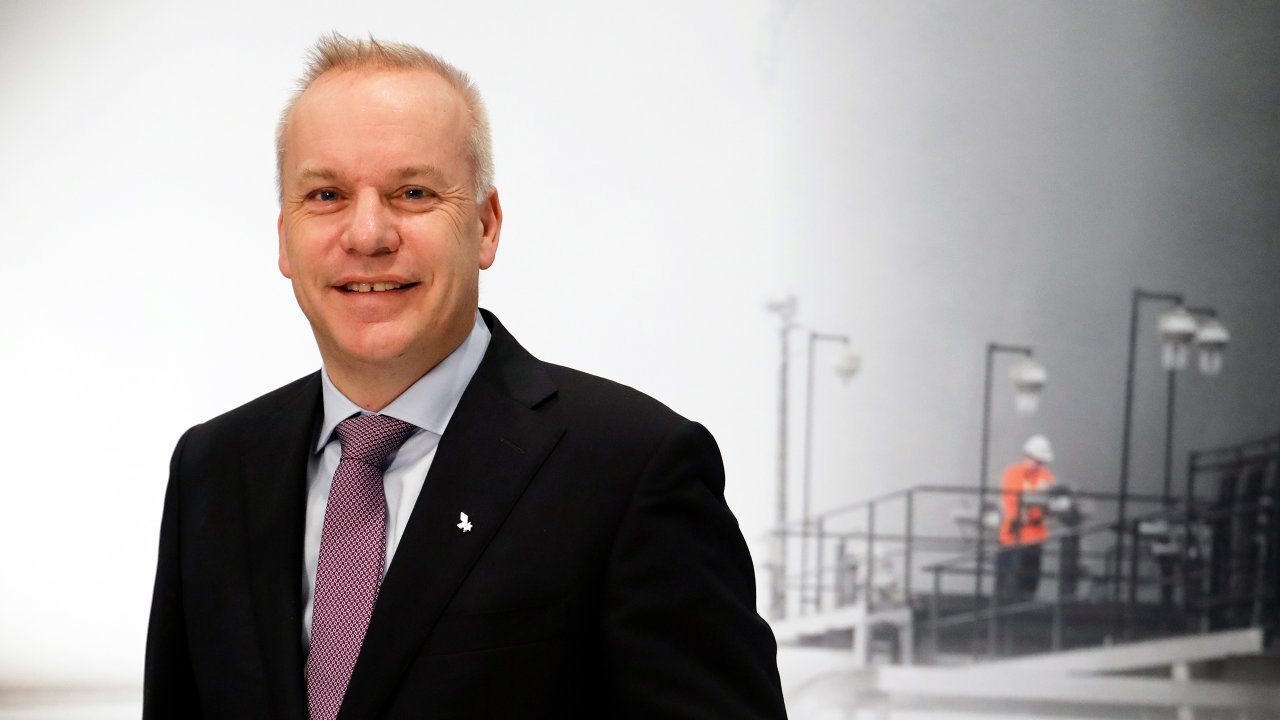Equinor Presents Strategy to Accelerate Energy Transition

Equinor has set a clear ambition to become a net zero energy company by 2050, including emissions from production and final consumption. Today, Equinor also sets interim ambitions, aiming to reduce net carbon intensity with 20% by 2030 and 40% by 2035.
“This is a business strategy to ensure long-term competitiveness during a period with profound changes in the energy systems, as society moves towards net zero. We are building on our position as a global leader within carbon efficient production of oil and gas. We will continue to cut emissions, and in the longer term, Equinor expects to produce less oil and gas than today recognizing reducing demand. Significant growth within renewables and low carbon solutions will increase the pace of change towards 2030 and 2035”, says Opedal.
Optimized oil and gas portfolio Equinor’s oil and gas portfolio can deliver a free cashflow after tax and investments(2) of USD 45 billion(3) from 2021 to 2026. New projects coming on stream by 2030 have an average break even below 35 USD/bbl and a short payback time of less than 2.5 years(3).
On the Norwegian continental shelf, Equinor is optimizing its operations to deliver strong value creation and an average annual free cash flow of around USD 4.5 billion(3) in 2021 – 2030. Further improvements at the world class Johan Sverdrup field reduces the break-even price for the full field with 25% to 15 USD/bbl. Internationally, Equinor is focusing its portfolio, exiting operated positions in unconventionals, prioritizing offshore operations where the company can utilize its core competence. The international portfolio is set to deliver strong cash flow, become more robust towards lower prices, and shows a significant upside at higher prices.
High value growth within renewables Equinor expects gross investments(1) in renewables of around USD 23 billion from 2021 to 2026, and to increase the share of gross capex for renewables and low carbon solutions from around 4% in 2020 to more than 50% by 2030. Based on early low-cost access at scale, Equinor expects to reach a installed capacity of 12 – 16 GW (Equinor share) by 2030. Reflecting current markets levels, Equinor is adjusting expected project base real returns to 4 – 8% and remains determined to capture higher equity returns through project financing and farm downs. Early access followed by targeted farm down is an integrated part of the value creation proposition. So far, Equinor has divested assets for 2.3 billion USD, booked a capital gain of USD 1.7 billion and expects to deliver nominal equity returns in the range of 12 – 16% from the offshore wind projects with offtake contracts in the UK and US.
 “Our strategy is backed up by clear actions to accelerate our transition while growing cash flow and returns. We are optimizing our oil and gas portfolio to deliver even stronger cash flow and returns with reduced emissions from production, and we expect significant profitable growth within renewables and low carbon solutions. This is a strategy to create value as a leader in the energy transition”, says Anders Opedal, President and CEO of Equinor.
“Our strategy is backed up by clear actions to accelerate our transition while growing cash flow and returns. We are optimizing our oil and gas portfolio to deliver even stronger cash flow and returns with reduced emissions from production, and we expect significant profitable growth within renewables and low carbon solutions. This is a strategy to create value as a leader in the energy transition”, says Anders Opedal, President and CEO of Equinor.
New market opportunities in low carbon solutions The energy transition represents an opportunity for Equinor to leverage its leading position within carbon management and hydrogen, and to develop and grow new value chains and markets. By 2035, Equinor’s ambition is to develop the capacity to store 15 -30 million tonnes CO2 per year and to provide clean hydrogen in 3-5 industrial clusters.
Competitive capital distribution The Board of Directors of Equinor has decided on a quarterly cash dividend of 18 cents per share for second quarter 2021, an increase of 3 cents from first quarter. The second quarter 2021 cash dividend will formally be declared and announced in connection with the announcement of the second quarter results, including key information relating to the dividend.
The Board has also decided to introduce a new annual share buy-back program of around USD 1.2 billion starting from 2022. In addition, Equinor expects to execute two tranches of share buy-backs in 2021, with a first tranche of USD 300 million to be launched after announcement of second quarter results, and an indicative second tranche of USD 300 million to be launched after announcement of third quarter results.
The new share buy-back program is expected to be executed when Brent oil prices are in or above the range of 50-60 USD/bbl and Equinor’s net debt ratio(1) stays within the communicated ambition of 15-30% and this is supported by commodity prices.
The USD 5 billion share buy-back program launched on 5 September 2019, and suspended as of 22 March 2020, is cancelled.
All share buyback amounts include shares to be redeemed by the Norwegian State.
The purpose of the share buy-back program is to reduce the issued share capital of the company. All shares repurchased as part of the program will be cancelled. According to an agreement between Equinor and the Norwegian State, the Norwegian State will participate in share buy-backs on a proportionate basis. Execution of share buy-backs after the 2022 annual general meeting is subject to a renewed authorization, including renewal of the agreement with the Norwegian State. Share buy backs will be executed within applicable safe harbor provisions. Key information related to the first tranche of the share buy-back program will be announced and executed following announcement of the second quarter 2021 financial report.
Outlook:
- Organic capital expenditures(2) are estimated at an annual average of USD 9-10 billion for 2021-2022 and at around USD 12 billion for 2023 – 2024(4).
- Production growth(5) from 2020 to 2021 is estimated to be around 2 %.
See Forward Looking Statements on the company website.

